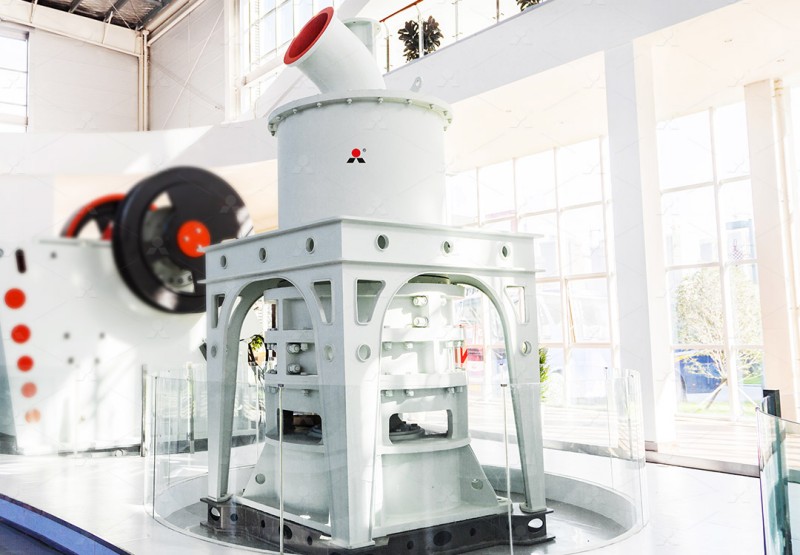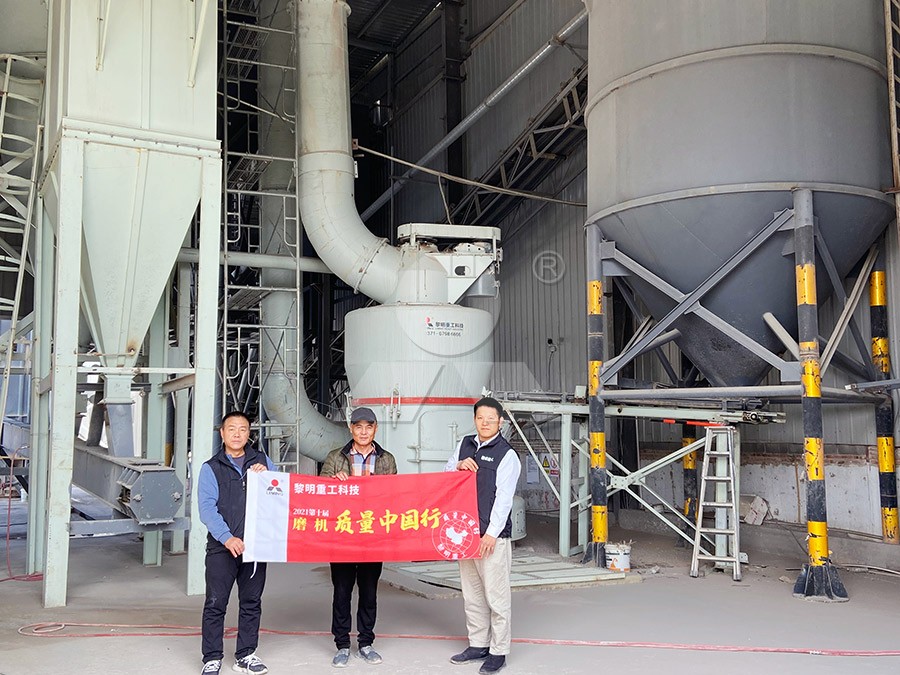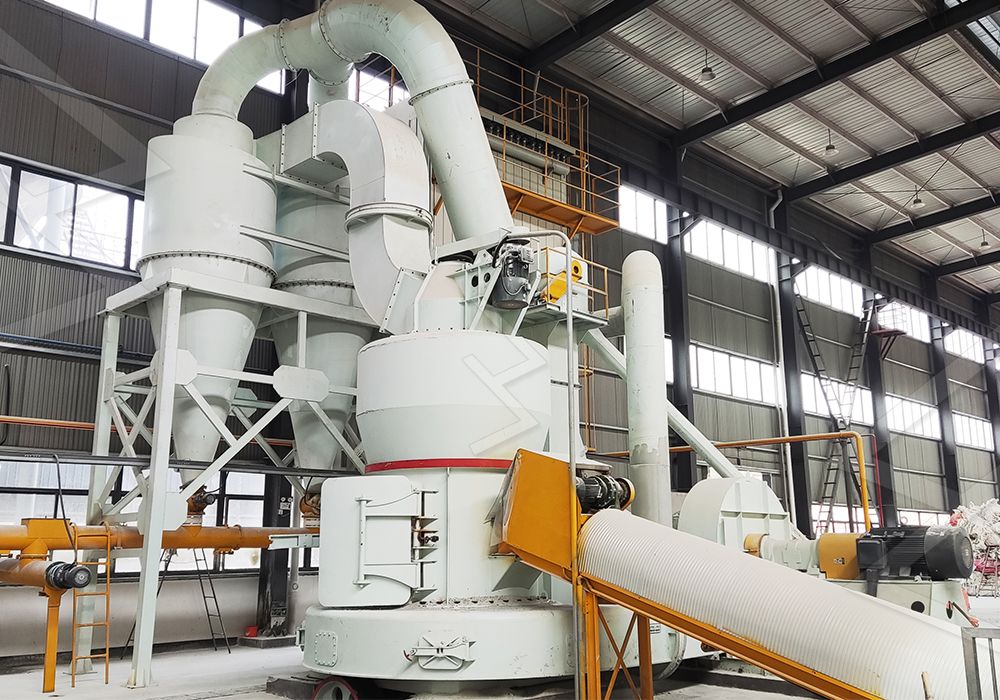Liming Heavy Industry’s Calcium Carbonate Grinding Mill for Power Plant Desulfurization
Meeting Environmental Standards with Advanced Grinding Technology
In today’s environmentally conscious world, power plants face increasing pressure to reduce sulfur dioxide emissions effectively. Flue Gas Desulfurization (FGD) systems have become essential components of modern power generation facilities, with calcium carbonate (limestone) grinding playing a crucial role in this process. The efficiency of desulfurization directly correlates with the quality and fineness of the limestone powder used in wet scrubber systems.

Traditional grinding methods often fall short in meeting the stringent requirements for particle size distribution and production consistency needed for optimal desulfurization. This is where Liming Heavy Industry’s specialized grinding equipment demonstrates its superior capabilities, particularly our MW Ultrafine Grinding Mill which has been specifically engineered to address these challenges.
The Critical Role of Particle Size in Desulfurization Efficiency
For FGD systems to achieve maximum sulfur removal efficiency, the limestone slurry must contain particles with precisely controlled fineness. Research indicates that particles ground to 325-2500 meshes significantly enhance the reaction kinetics between limestone and sulfur dioxide. The increased surface area of finely ground particles accelerates the chemical reaction, leading to more complete desulfurization and reduced limestone consumption.
Our MW Ultrafine Grinding Mill addresses these requirements with remarkable precision. With its adjustable fineness between 325-2500 meshes and capacity ranging from 0.5 to 25 tons per hour, this equipment consistently delivers the optimal particle size distribution for power plant desulfurization applications. The cage-type powder selector, incorporating German technology, ensures precise particle separation and consistent quality output.
Advanced Engineering for Industrial Demands
Power plant operations demand equipment that combines high performance with operational reliability. The MW Ultrafine Grinding Mill incorporates several innovative features specifically designed for continuous industrial operation. The absence of rolling bearings and screws in the grinding chamber eliminates common failure points, while the external lubrication system enables maintenance without production interruptions.

What truly sets this mill apart in desulfurization applications is its energy efficiency. Compared to traditional jet grinding mills, the MW Ultrafine Grinding Mill reduces system energy consumption by approximately 70%, representing significant operational cost savings for power plants. The integrated pulse dust collector and muffler system ensures environmentally compliant operation with minimal dust emissions and noise pollution.
Proven Performance in Real-World Applications
Multiple power plants across different regions have implemented our grinding solutions with documented success. In one case study, a 600MW coal-fired power plant reported a 15% improvement in desulfurization efficiency after switching to limestone powder produced by our MW Ultrafine Grinding Mill. The consistent particle size distribution resulted in more predictable chemical consumption rates and reduced waste product generation.
For larger scale operations or specific layout requirements, our LUM Ultrafine Vertical Grinding Mill presents another excellent option. With input size of 0-10 mm and capacity of 5-18 tph, this mill features double position-limiting technology that guarantees operational stability even under variable load conditions. The reversible structure simplifies maintenance procedures, minimizing downtime during routine servicing.
Comprehensive Support for Continuous Operation
Understanding that power plants cannot afford extended equipment downtime, we provide comprehensive technical support and original spare parts availability. Our digitalized processing ensures high precision manufacturing of all components, while our global service network stands ready to assist with operational challenges.

The integration of our grinding equipment into power plant desulfurization systems represents more than just equipment supply – it’s a partnership in environmental compliance and operational excellence. By providing consistent, high-quality limestone powder with optimal particle characteristics, we help power plants meet emission standards while maintaining economic viability.
Frequently Asked Questions
What fineness range is optimal for desulfurization applications?
For most FGD systems, limestone powder between 325-2500 meshes provides the ideal balance between reaction rate and slurry handling characteristics. Our MW Ultrafine Grinding Mill can precisely maintain this range with its advanced powder selection system.
How does the energy consumption compare to traditional grinding systems?
The MW Ultrafine Grinding Mill reduces energy consumption by approximately 70% compared to jet grinding mills and offers twice the production capacity of ball mills with the same power input.
What maintenance features reduce operational downtime?
Key features include no rolling bearings in the grinding chamber, external lubrication capability allowing maintenance without shutdown, and reversible structure on our LUM model for easier access to grinding components.
Can the equipment handle variations in raw material quality?
Yes, both the MW and LUM mills are designed to accommodate normal variations in limestone characteristics while maintaining consistent output quality through adjustable grinding parameters.
What environmental controls are integrated into the grinding systems?
Our mills feature efficient pulse dust collectors that prevent dust pollution, along with silencers and noise elimination rooms that keep operations within environmental compliance standards.
